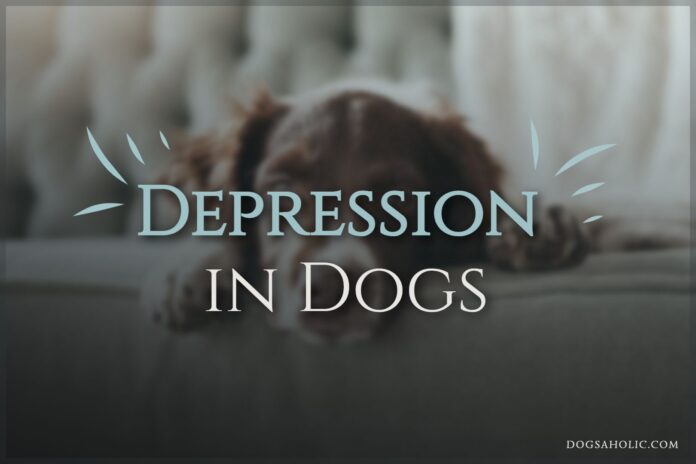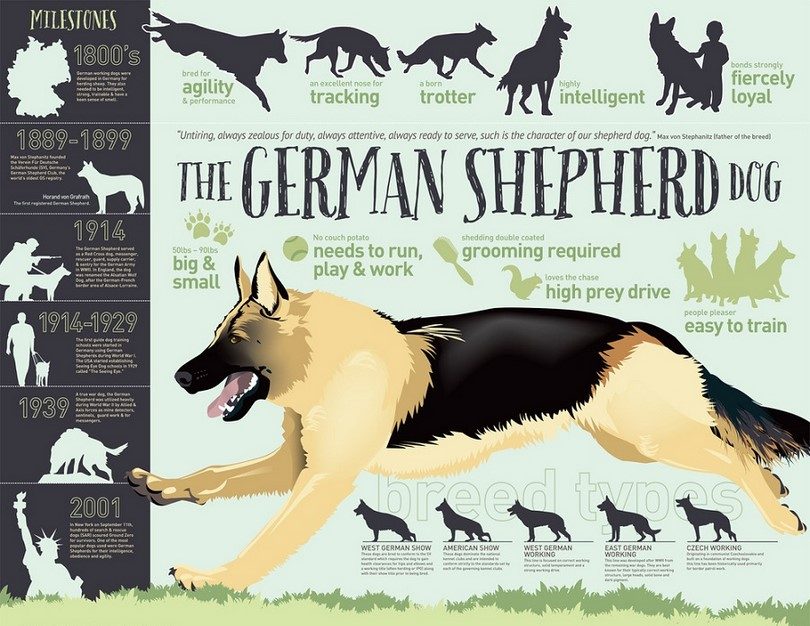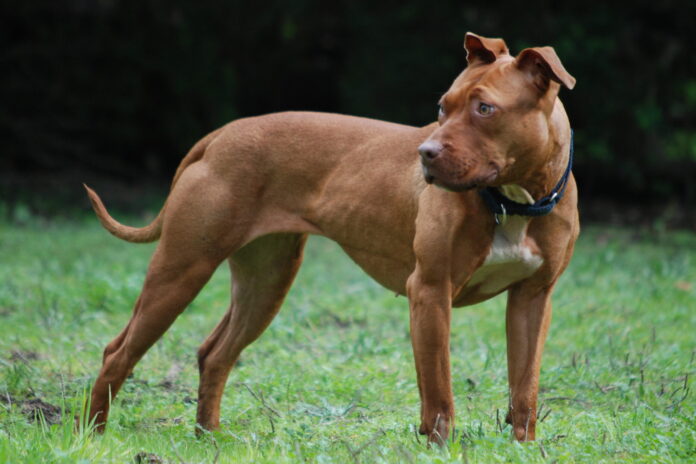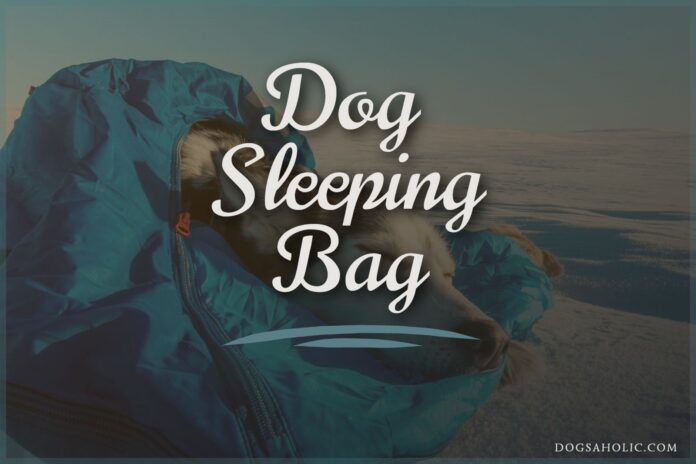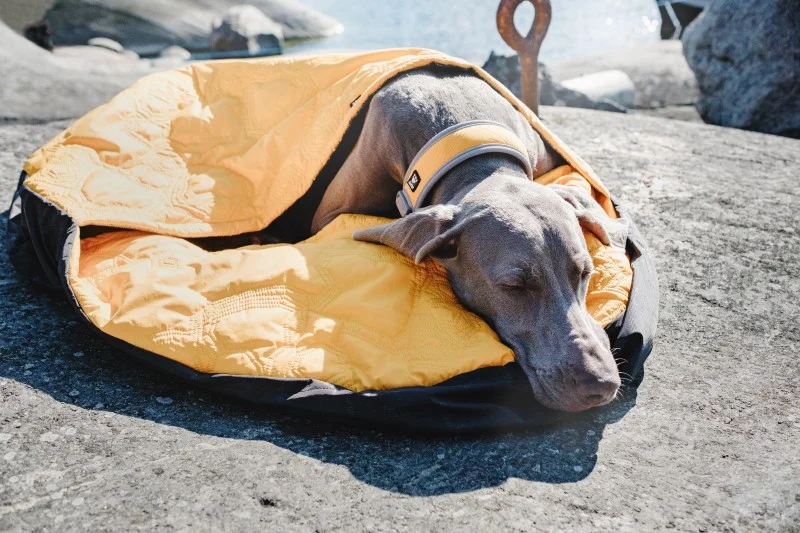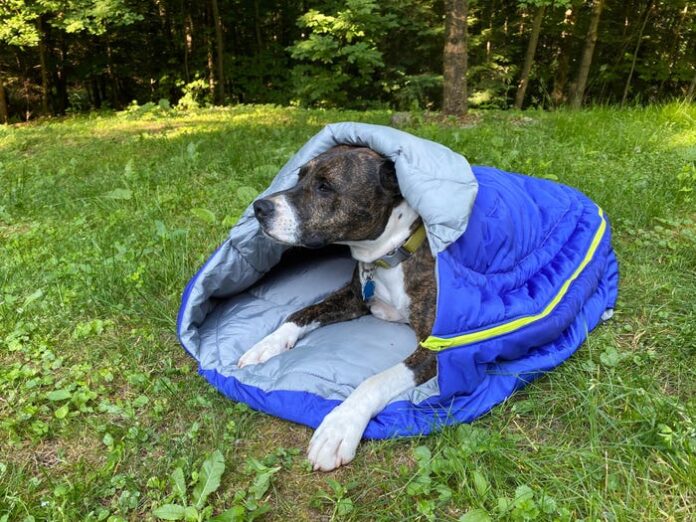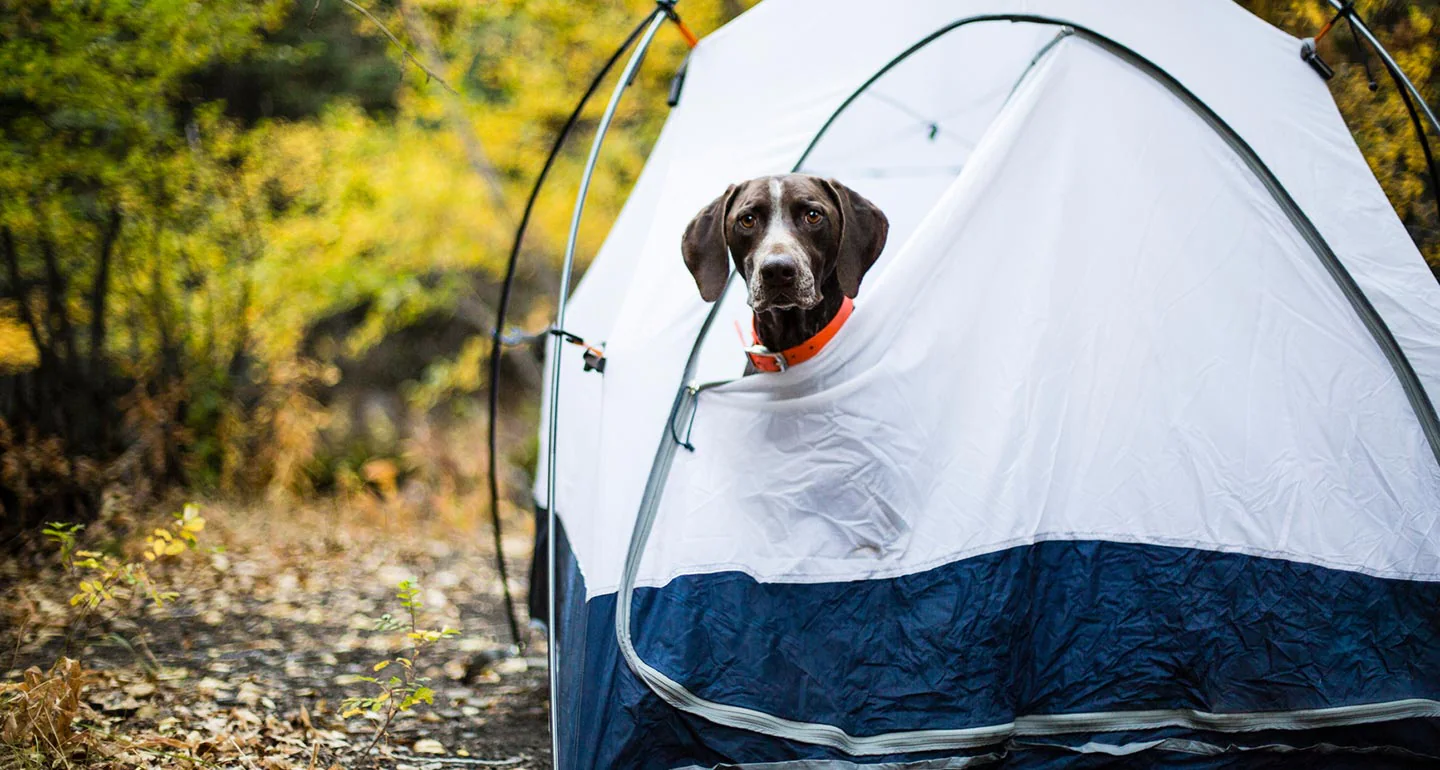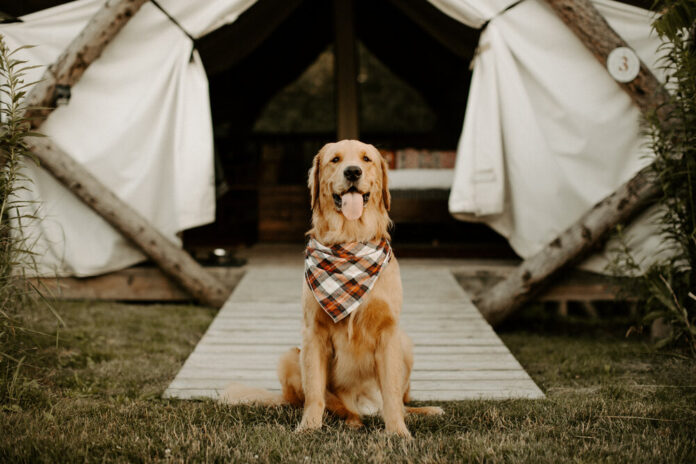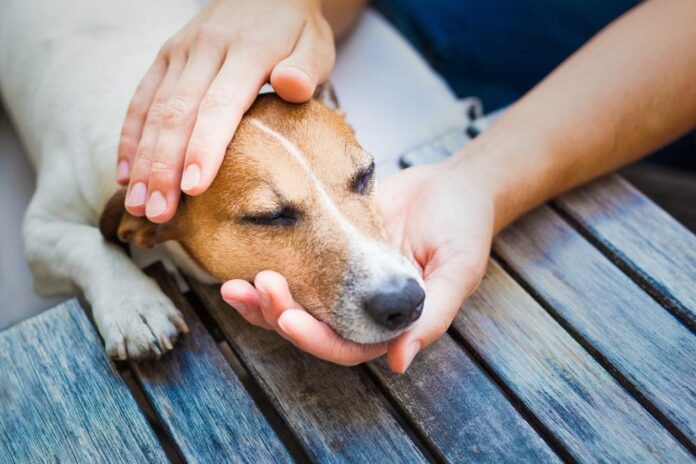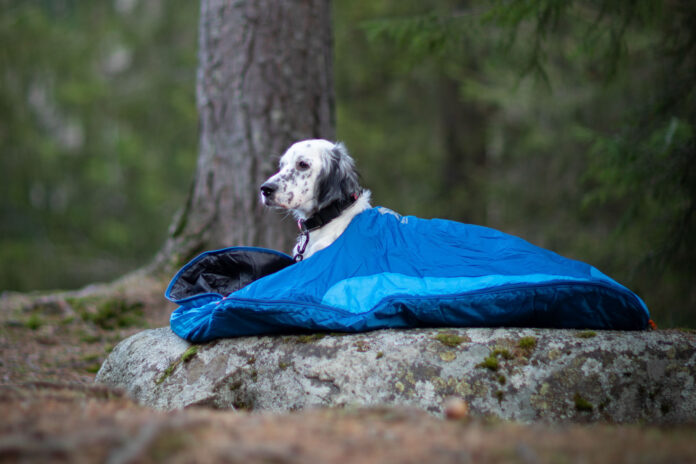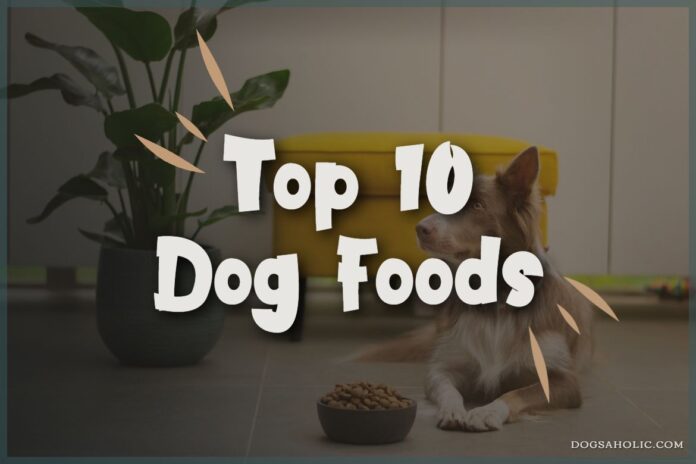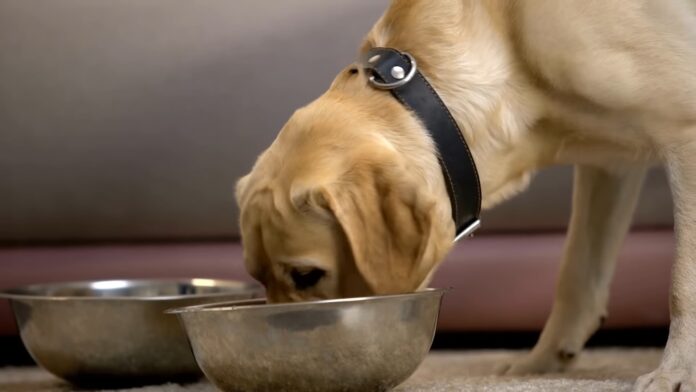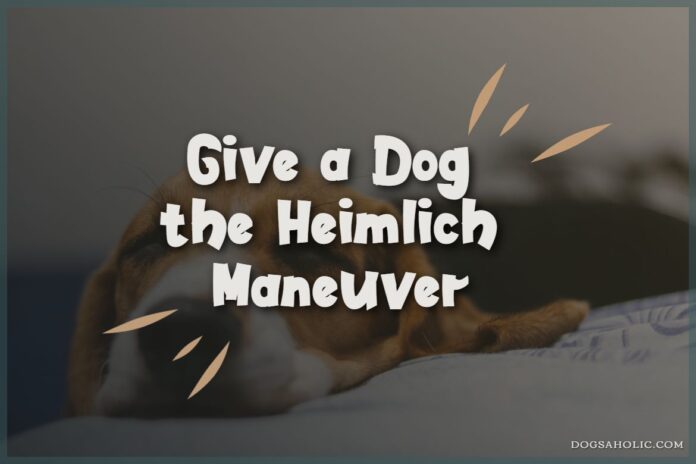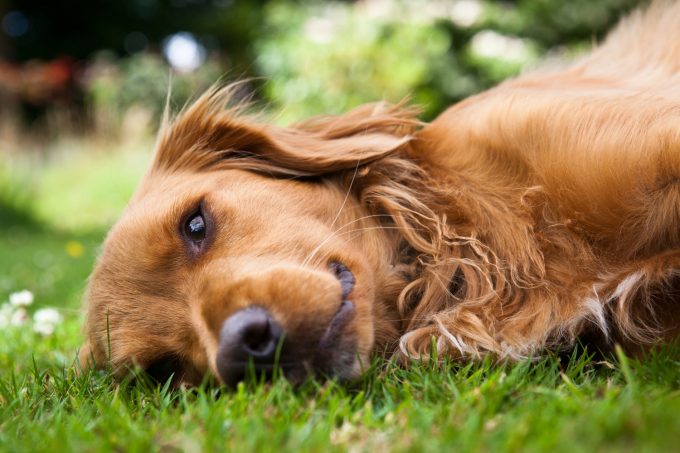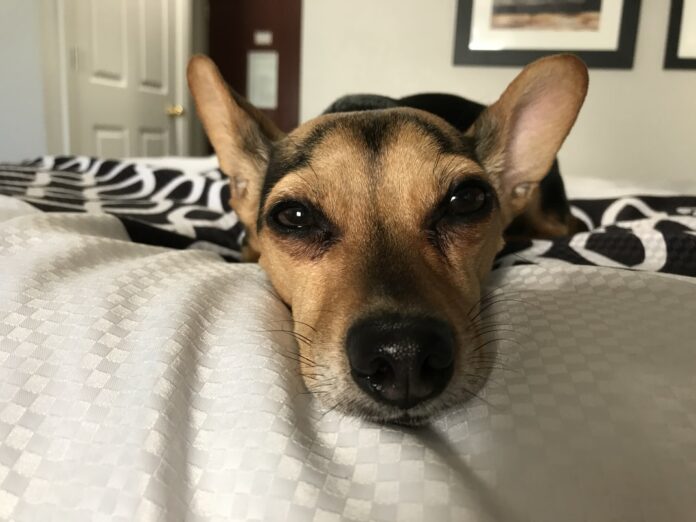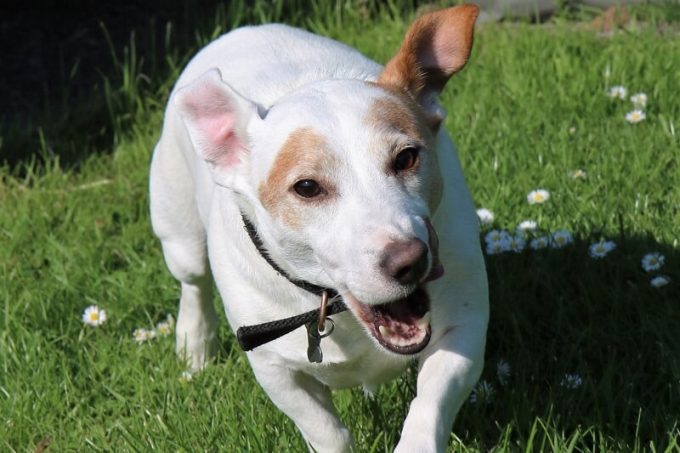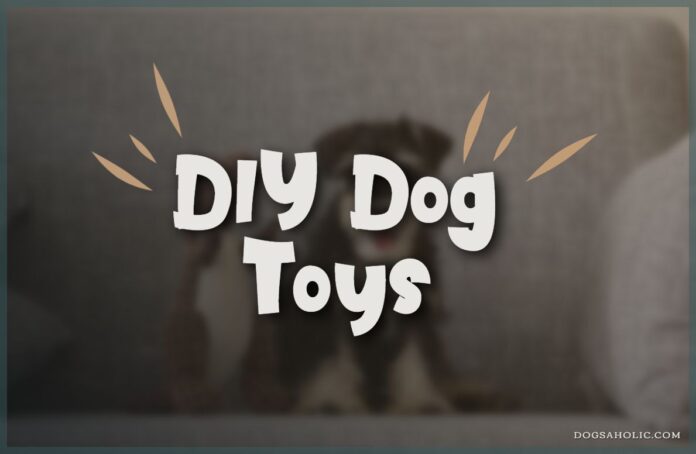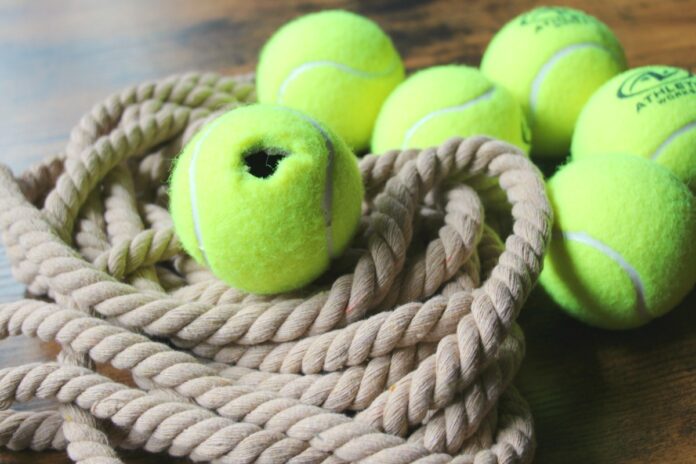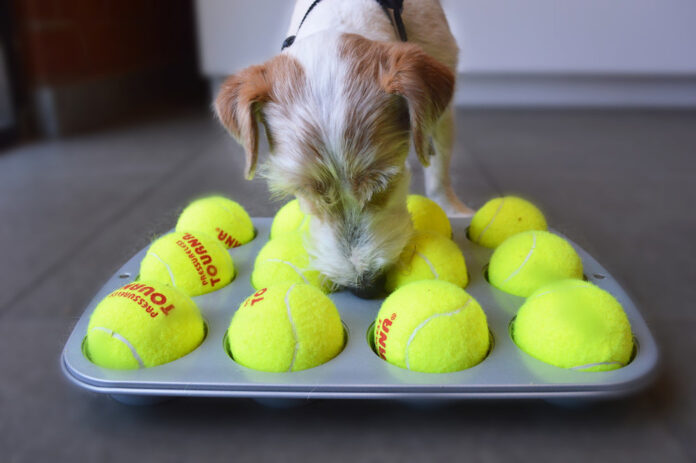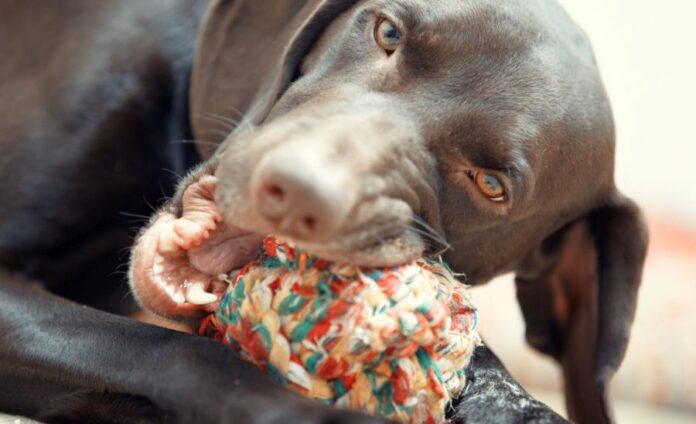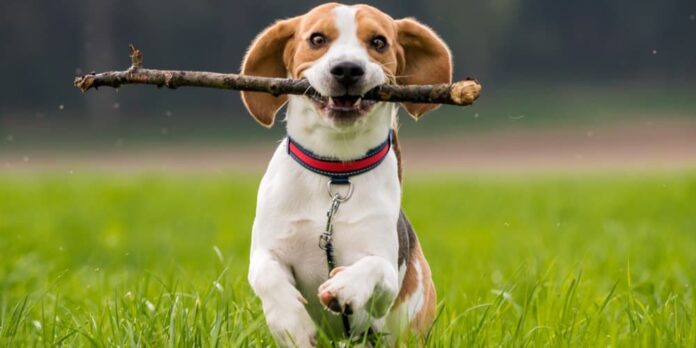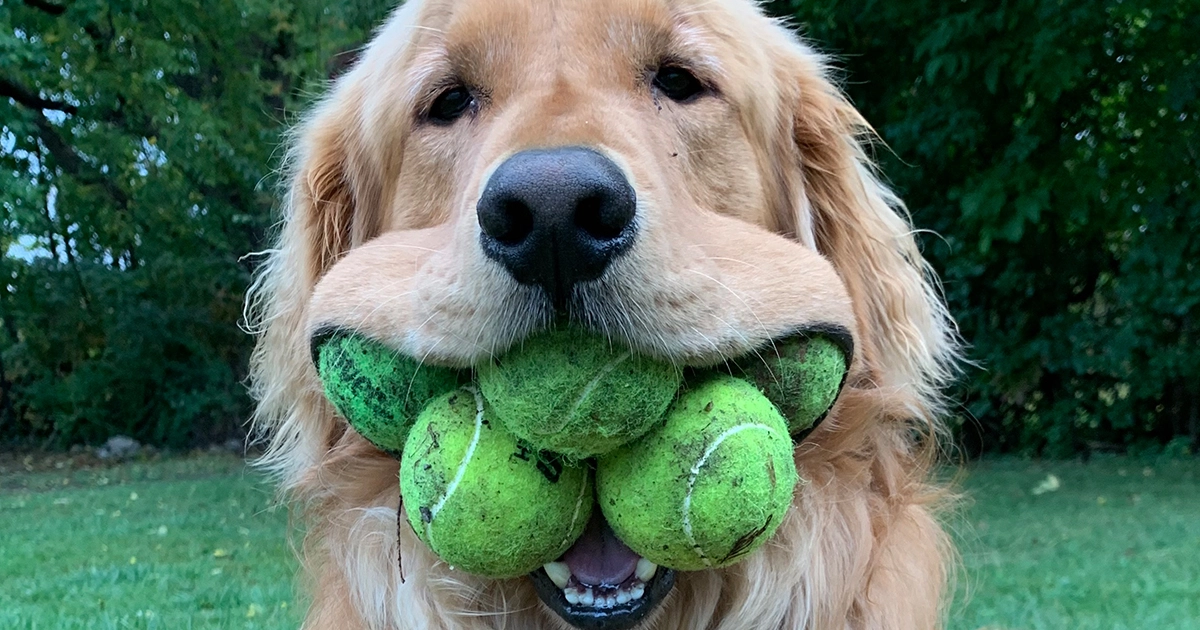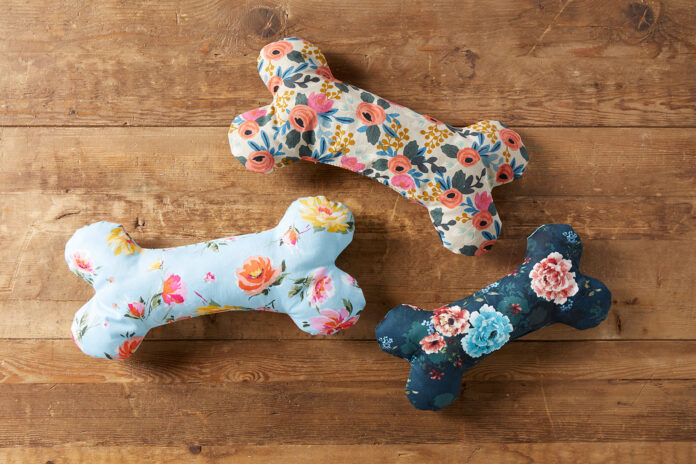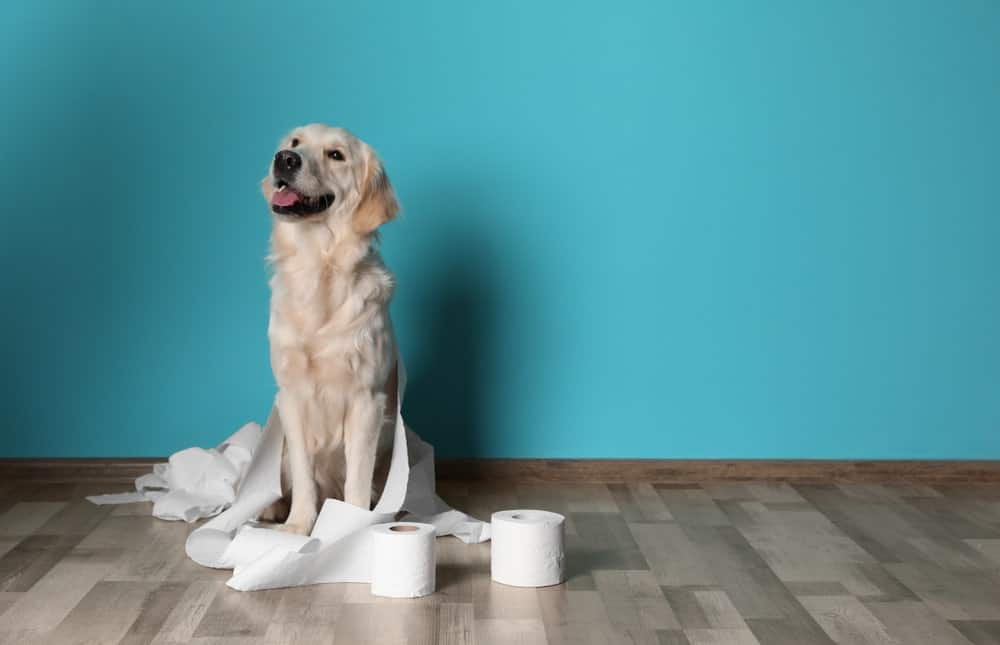Many dog owners have to face depression in their dogs at one point or another. It is more common a problem than many people realize. Depression can lead to loss of appetite and refusal to drink water which is detrimental to your pet’s health.
There are many signs of depression in dogs, however, it should never be your first diagnosis. Many of the symptoms of depression in dogs are also symptoms of mild to severe health problems. Only when you rule out possible illness or injury can you diagnose your dog to be depressed. The good news is that while dogs can become considerably depressed, with the right kind of attention and care they can pull themselves out of the funk without the need for prescription drugs.
If your dog has been acting off lately, sleeping a lot, not eating or drinking as much, and has lost interest in things like going for walks and car rides, have you ever wondered, “Is my dog depressed?” That thought was surely followed up by, “Can dogs get depressed?”
The simple answer is yes. Your dog can become depressed. The best course of action is to rule out any possible external illness or injury causing the symptoms – if none is present then you should consider what the root cause of your dog’s depression may be. Only then can you make a decision on the best way to try and lift your dog’s spirits and return to its usual happy self.
What Are the Signs of Depression in Dogs?

There are many possible causes of depression in dogs. It could be something as small as a change in daily routine to a major life change such as losing a sibling, companion pet, or owner.
If you are concerned that your dog is depressed then these are a few of the signs to look out for:
- Loss of appetite: When dogs become depressed, much of the time they lose interest in their meals. If your dog is going longer periods without eating, only nibbling at their food, or flat out refusing to eat you should take them to the vet immediately.
- Overeating: In some cases, dogs who are suffering from depression will actually overeat rather than refuse to eat. This can be harmful to your pet as their bodies are not meant to carry extra weight. If your dog is overeating you should limit their access to food and talk to your vet.
- Lack of energy: Did your dog used to be a bowling ball of chaos with a tail running across your house and suddenly become very sedentary? This can be both a sign of illness and/or a sign of depression. Sudden behavioral changes like not wanting to go on walks or not running around the house or not greeting you at the door as normal should be cause for some major concern.
- Excessive sleeping: While it is normal for dogs to sleep more than us overall, it is not normal for them to sleep all day and night like cats seem to do. Dogs are usually full of energy after a full night of sleep – and probably a nap or two while you are at work. If your dog is sleeping all the time it could be caused either by illness or depression and should be diagnosed by a vet. To find out why your dog sleeps a lot, see our article on this condition.
- Relieving indoors: If your dog has suddenly started to relieve his bladder or bowels inside the house this should be a serious cause for concern. Dogs do not like to sleep or lay in, near, or around their own waste so if they are eliminated indoors there is definitely a problem. If your vet finds no physical cause for the sudden change then depression may be the answer.
These are only the most common of all the symptoms of depression. Other signs to watch out for include restlessness, a limp tail (not happy and wagging, but rather slung low) as well as becoming withdrawn.
If you have noticed any of these changes in your dog lately then there is a chance he is suffering from depression. At the same time, however, many illnesses and injuries will present themselves through the same symptoms.
The only way to 100% determines whether or not depression is the culprit is to have a veterinarian do a full examination and rule out all other possibilities.
What Can Cause Depression in Dogs?
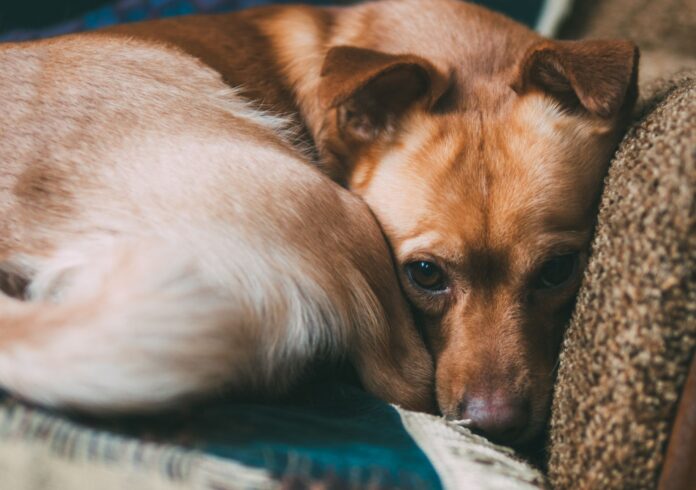
Just like there are many possible causes of depression in humans, the same holds true for dogs. The reason may be a minor change and the depression may fade after a day or two – on the other hand it could have been a major change or trauma and your dog could be depressed for weeks or even months.
The good news is that, unlike humans, most of the time, dog depression is rather temporary and can be treated with the right kind of attention rather than medications. We will cover more about this later on.
For now, these are a few of the major causes of depression in dogs.
- Loss of a companion or owner: This is probably the number one cause of depression in dogs. Dogs create strong emotional bonds with both their fellow dogs (and in some cases cats and other small animals) whom they see regularly as well as those who care for them. The loss of a friend or loved one is difficult for everyone and this is no different for your dog.
- Abuse: Abuse is probably the next most common cause of depression and dogs and that’s just depressing! (Excuse my pun, I had to…) Truly though, it is a sad thing that so many people neglect or physically abuse their dogs. Living in this sort of situation can cause long-term problems for the dog, even once removed from the harmful environment.
- Change in the environment: Another common cause of depression in dogs is a major change in their living environment. This could be anything from bringing in a new pet, new spouse, or new baby who takes attention away from the dog. It could also be moving to a new home or an older child moving out or going away to college.
In the end, it could even be as simple as a few small changes in routine such as the time you feed them or being walked at different times than expected. Dogs become quickly familiar with the routine and don’t do well with sudden changes. - Owner depression: If a dog’s owner is depressed then there is a chance the dog will become depressed as well. This could be for a number of reasons from the fact that dogs are empathetic creatures who react to our emotions to the possibility that they aren’t getting the attention they need due to their owner’s depression. When a person is fighting depression it can be hard enough to take care of themselves, therefore may not be giving their dog the care they desperately need.
- Maybe he’s lonely: If your dog is left alone for most of the day and there are no other pets – preferably dogs – in your home then they may be depressed due to loneliness. It can be hard to be on your own most of every day, all day. This can also be the case if you were previously working from home or a stay-at-home parent who took a job outside the house. Read our article on how to treat dog separation anxiety to help you with this concern.
- Changes in weather and seasons: Many dogs are afraid of thunderstorms and they are much more sensitive to weather changes than we are. They likely know a storm is coming long before it arrives – if you’ve been having significantly bad weather lately then this could be a cause of depression. It could also be changed in seasons since dogs and their owners alike tend to spend more time cooped up indoors during the winter months.
These are the majority (and the most common) causes of depression in dogs. There are still other possibilities including arthritic pain, old age (some dogs become depressed if they can tell their time is coming soon) and there is even a small chance of clinical depression in dogs.
The only time clinical depression is ever really diagnosed is if the dog has been showing signs of depression for a considerably long amount of time with no other causes that can be determined. However, clinical depression is often the last diagnosis a vet wants to find so all other potential causes need to be ruled out.
What Can I Do for My Depressed Dog?

The very first thing you should do if you think your dog is suffering from depression is to take them to the vet. You should make sure they get a full physical examination considering many of the symptoms and signs are the same as those for severe illnesses (or injuries).
If your vet has ruled out physical illness or injury as the cause of the symptoms then it is time to consider treating your dog for depression. This is a tricky subject since many people want a Band-Aid type fix that will work quickly – but these efforts do not always work in the long run.
Prescription medications such as prosaic can be given to a dog when prescribed by a veterinarian. This is not a preferred course of action and is one of those “Band-Aid” fixes. Unless your dog is clinically depressed it would be advised to keep your dog off this type of medication. Drugs like prosaic also run a risk of your dog becoming dependent on the medication.
Some of the best ways to help your depressed dog feel happy again include:
- Some extra attention: Just a little extra attention can go a long way with a depressed dog. Sit with them often, showing you support and care for them as much as you always have. This can be especially helpful if you think the root cause of your dog’s depression is due to being lonely throughout the day while you are at work. You can also try some interactive dog toys to engage your dogs as we’ve written down in our previous article on the topic.
- Try going outside more often: Sometimes we forget that dogs were originally wild animals who love nature and the outdoors. This is still rooted in our dog’s instincts so his depression could be linked to a lack of outdoor activity. Try getting your dog to go on more walks or to play fetch with you in the yard. If this seems to cheer him up a bit, then do this periodically throughout the day and you are sure to see long-term improvement. You can even go backpacking with your dog, as we’ve outlined in our article on the topic.
- Socialize: Whether this is with a friend’s dog or a trip to the dog park having a companion or two can often boost your dog’s mood. If you have recently lost an older dog, then this could be a great way to help get your dog out of a funk. If you can bring a new dog into your home, with a proper introduction and a little time to adjust, a new friend might be the best way to help your dog through a tough time.
- Encourage activities your dog enjoys: If your dog has recently lost interest in most everything, but you know a car ride or going to see a specific person or place still gets a little excitement out of them, do these things often. Be sure to pet your dog and encourage him when he is acting happy and more like his old self. Pretty soon, he will start to act himself all of the time again! Our piece on how to create your own toys that can help stimulate your dog is a must-read so check it out.
- Give a few extra treats: Unless your dog has been overindulging on his food due to depression, then giving a couple of extra treats to see a moment of happiness in your dog’s eyes is perfectly acceptable. Actually, if your dog is refusing to eat his normal food, but will still eat treats, then give more treats – but leave free-feeding an option until his appetite returns to normal. The treats may start to stimulate your dog’s appetite once more and in the meantime, even if it’s not the healthiest, they are still calories your dog needs.
- Patience and time: Sometimes – especially if the issue was a loss of a companion or master – the only thing that will heal a dog’s heart is time. It may be as few as a couple of days or as much as a few months, but most dogs will be able to pull themselves out of depression with a little time and understanding. Do your best to be there for your dog for the time being and always encourage happy moments, but remember that this is not going to be an overnight change.
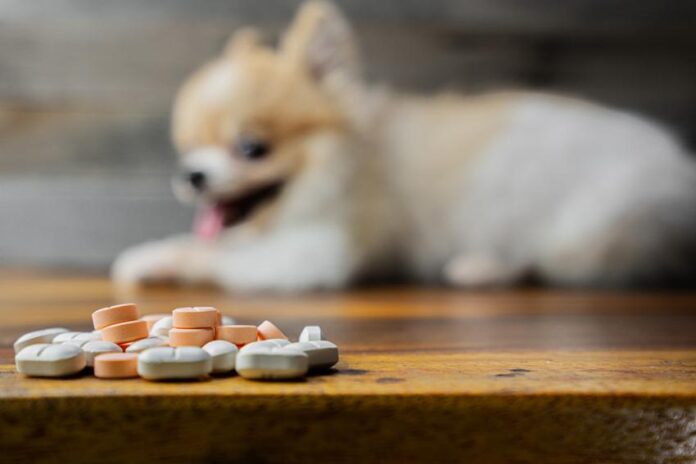
Antidepressants for dogs were not suggested here since as we mentioned earlier, they are really the last resort. There are all sorts of side effects of prescription drugs like these which can be harmful to your dog. The last thing you want is to be trying to help them, but end up causing them more problems down the road.
Try little things, one step at a time. If at first, only a walk gets a good vibe from your dog, but playing, eating, or socializing still isn’t happening that’s okay. Take your time, ease your dog into long walks, and then work your way up to visits to the dog park or car rides. Anything that makes your dog happy is generally worth giving a try!
The most important thing is that you stay supportive of your dog and keep your spirits up. If you are becoming depressed because you feel bad for your dog, they are going to know it and it might just keep them depressed as well! This is the very last thing you want, which is why it is so important that you keep a positive attitude around your dog when he is depressed.
Remember, there are four key parts to making sure that your dog can come out of his depression and be himself again:
- Rule out physical injury/illness.
- Determine the cause of the depression.
- Begin working on a plan to help your dog through this time.
- Be consistent and persistent and your dog will be himself again in no time.
Keep in touch with your vet throughout the process – even once your dog has been diagnosed with depression rather than another illness. Your vet may be able to advise you on tricks for getting your dog to eat when he loses his appetite – or ways to get them outside and active again.
As long as you stay consistent with routine and your attempts at helping your dog through their depression it should only be a matter of time before your furry friend is jumping all over to greet you at the door once again!

